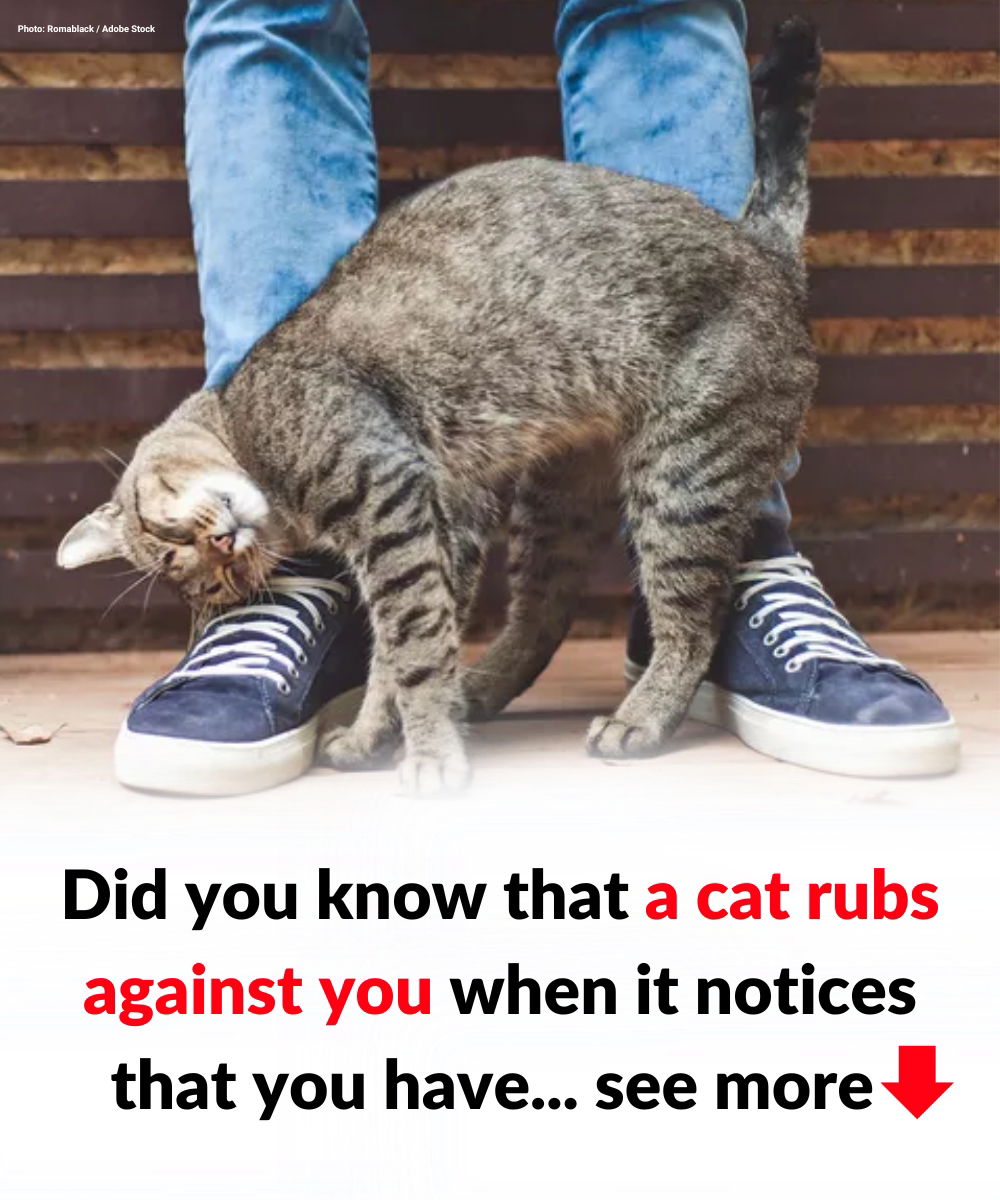
These sometimes puzzling, almost ludicrous acts conceal a highly particular language. Furthermore, if your cat appears to ignore you before coming to rub affectionately against you, it’s possible that he considers you a full-fledged member of his territory. So, what do these attitudes actually mean? Let’s explore this interesting planet together.
He urinates standing up, tail wagging; it is not an accident.
When we find a small puddle of pee on a wall or piece of furniture, we frequently assume it is a mistake or a health issue. However, it is a form of communication. Contrary to popular opinion, marking territory is not limited to unneutered males; females and neutered cats can also do it.
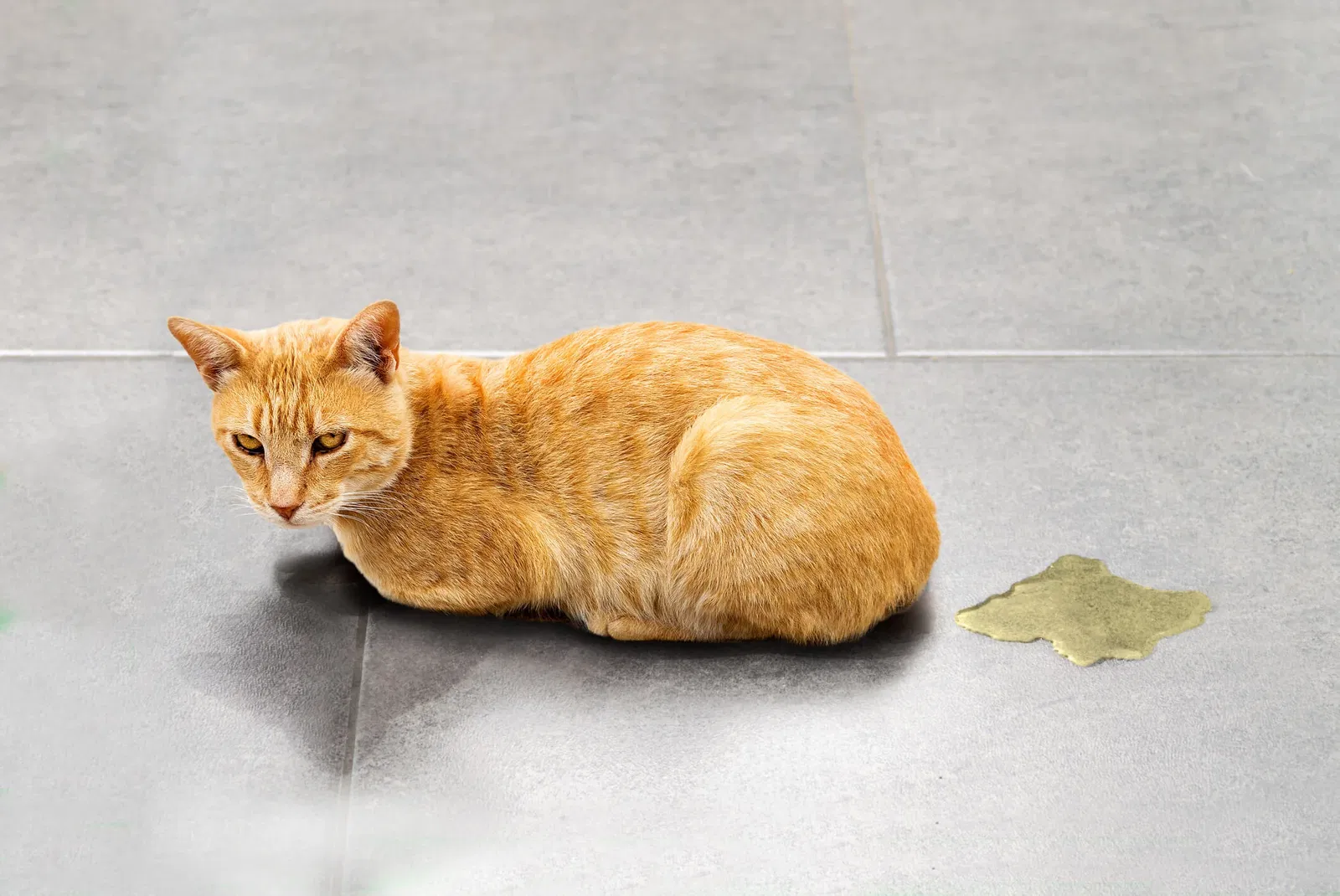
Consider a notice board on which a cat would place its smell “message.” This marking, which is often done high up, signals its presence to other cats, establishes boundaries, or indicates its emotional state. It may even mark again if it detects that an intruder has changed its signal.
Panting, saliva, and heat: How he cools himself
A panting cat? That’s an intriguing image. Unlike dogs, cats do not use their tongues to control their body temperature. However, when it is extremely hot, such as on a scorching afternoon in Marseille, some cats may pant to relieve the excess heat.

They also use another trick: licking their fur. The evaporation of saliva provides them with a short cooling effect, similar to rubbing a damp glove over your forehead in the middle of summer.
He rubs against your legs as a symbol of attachment.
Does your cat gently rub against your calves as soon as you arrive home? It is not only to meet you. This behavior is full with meaning: it mixes affection, acknowledgment, and… marking!
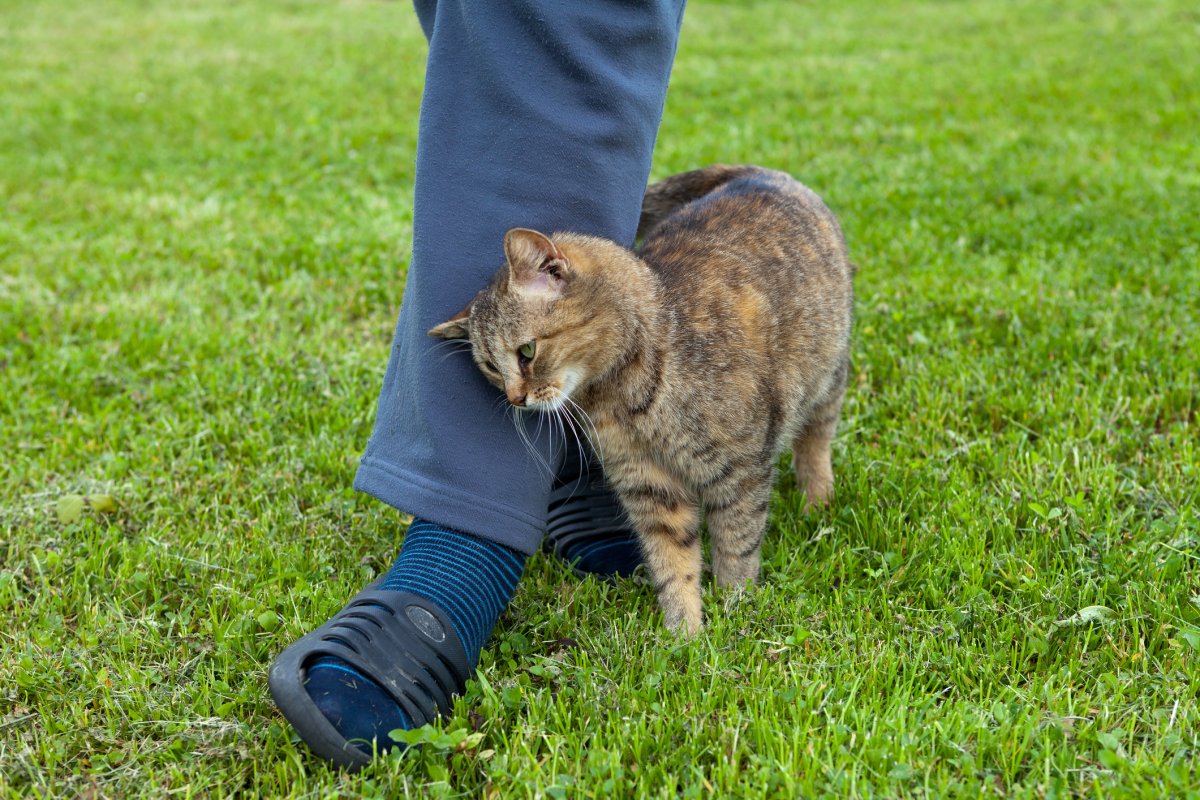
That’s because the parts he rubs against you—flanks, chin, and base of tail—are densely covered in pheromone glands. These invisible molecules constitute an olfactory identity card. You become the bearer of his scent, allowing him to communicate, “This human is part of my territory.”
Ears back and shifting eyes: it’s better to move away.
Does your cat have pinned-back ears, half-closed eyes, and a slight turn of the head? Be cautious: these are symptoms of an irritated or agitated cat. It’s their nice way of expressing, “Not right now, leave me alone.”
With whiskers pressed against the cheeks, you get a defensive cat who is more terrified than hostile. In this instance, be respectful of their space. This is not the time for cuddling.

He stamps the ground before leaping: a hunter’s instinct
One final amazing activity is when your cat stops d3ad in its tracks, stares at a target (a fly, a toy, or a moving sock), and begins to stamp its front paws as if preparing for an Olympic jump. This “trembling” is not a malfunction; it is a period of intense focus preceding the attack.
His pupils dilate, and his ears twitch at the smallest sound. He examines the distance like a judoka would strategize. This ritual, acquired from his wild ancestors, demonstrates his inherent agility.
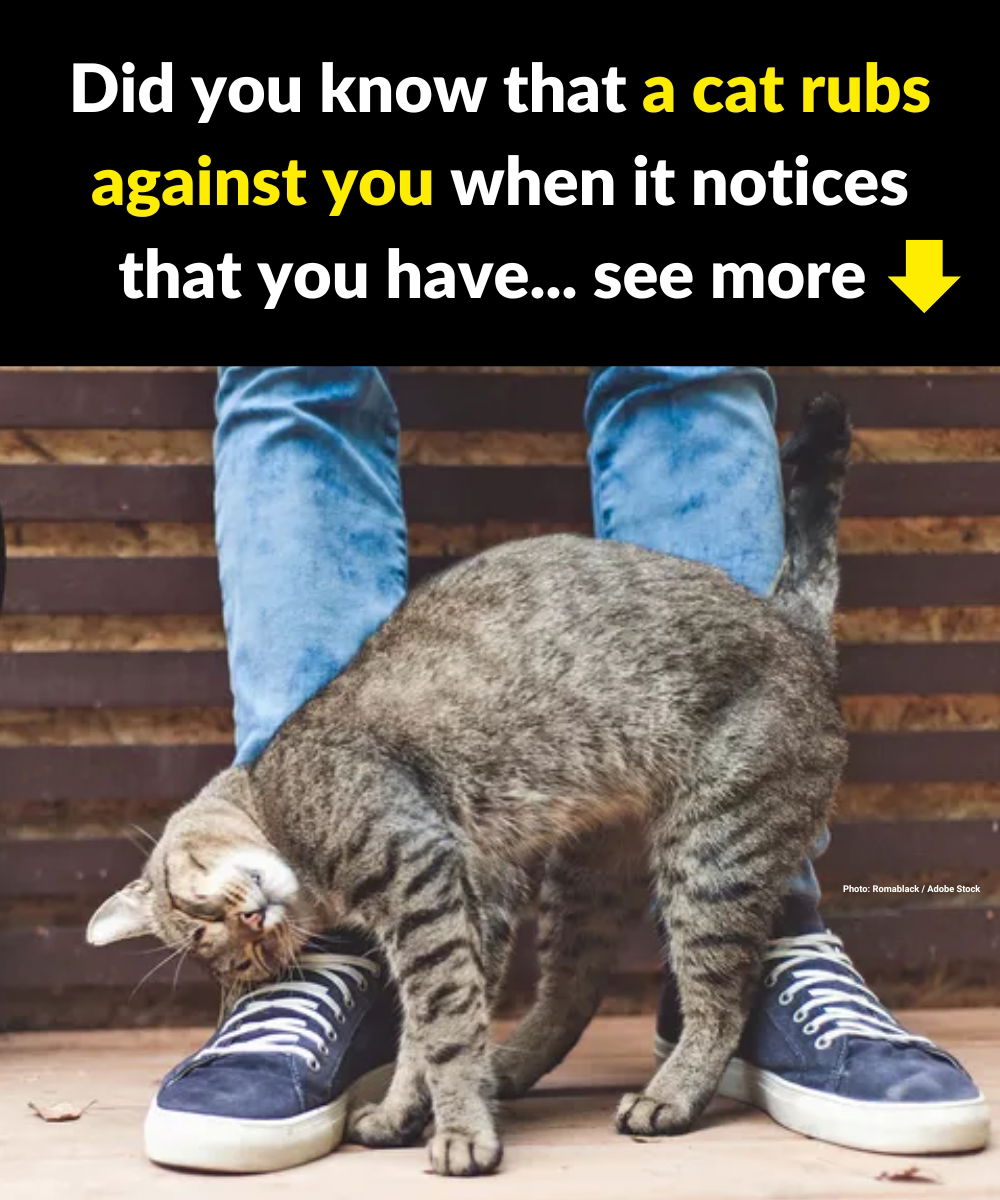
Our cats cannot speak, but they communicate constantly. Every gesture and attitude has meaning. Learning to decipher them strengthens your bond with them… and reveals an unexpectedly rich and delicate realm.
‘Stop eating this immediately,’ wa.rn can-cer researchers
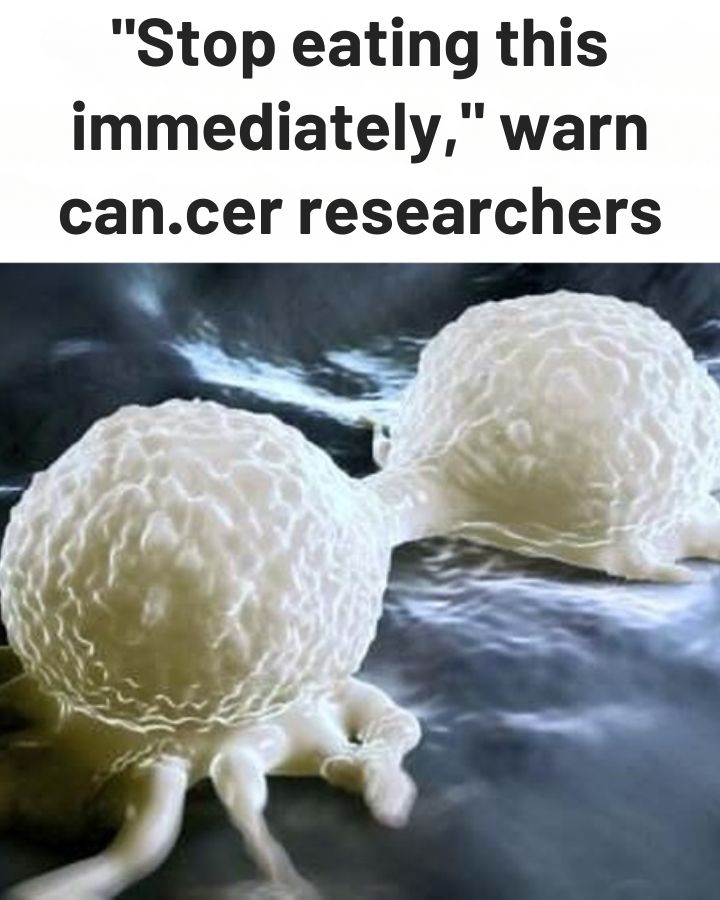
Americans love sugar more than any other food.
Sugar is linked to a whole medical manual of illnesses… insomnia, hair loss, obesity, allergies, bipolar disorder, hypertension, heart disease, and of course, diabetes.
And yet, many people still consider it a harmless treat.
But new research is rekindling the urgency of the war on sugar. Scientists have discovered the worst sugar scourge…. It fuels the spread of can.cer, especially breast can.cer.
And removing it from your diet can actually reverse can.cer growth.
Sugar: A Powerful Fuel for Can.cer
Researchers at MD Anderson Can.cer Center in Texas have found that sugar can transform localized, non-threatening can.cers into deadly malignancies that spread throughout the body.
The findings help explain what oncologists have noticed for years… Patients who eat sugary foods are more likely to have advanced can.cer.

Regular table sugar, or sucrose, is actually made up of two sugars: glucose and fructose. The study found that fructose caused tumors to grow larger and faster than glucose.
Fructose is primarily processed by the liver, while glucose is processed by the pancreas and other organs. These two different processing systems could explain the research findings.
Of course, the sugar industry attacked the study. They pointed out that fructose occurs naturally in fruit. The researchers countered that some fructose is necessary for the body. But Americans eat far more of it than they could ever ingest from fruit.
And fruits contain fiber and other healthy components mixed with fructose. Sugary drinks, the primary source of sugar in the American diet, provide no nutrition.
Three Healthy Natural Sweeteners
There are alternatives to sugar that do not pose major health risks:
Raw honey: Make sure it’s unprocessed: Refined honey can be as bad as sugar. Look for 100% organic raw honey. The darker the honey, the more nutrients and flavor it contains. It also offers antibacterial, antifungal, antiseptic, and antioxidant properties.

Blackstrap molasses: Don’t confuse this with regular molasses. Blackstrap molasses is a byproduct of sugarcane. It contains healthy minerals like iron, magnesium, calcium, and vitamin B6, which are unprocessed. It doesn’t flood your body with sugar. The sugar is released slowly. Beware of non-organic brown cane sugar: this is usually white sugar recolored with caramel.
Stevia: This low-calorie natural substance is made from the leaves of a plant native to South America. It has a very sweet taste, so you don’t need to use it much. It has a zero glycemic index, so it has no effect on your blood sugar. Some studies have shown that in extremely high doses, it can disrupt your liver, fertility, and metabolism. Make sure to use organic varieties.
Now you can satisfy your sweet tooth without risking can.cer.
But there’s something else you need to know about can.cer research… A small group of holistic doctors were quietly making breakthroughs in the field of can.cer.
Then, when their therapies started appearing, something terrible started to happen… These doctors started to disappear.
















